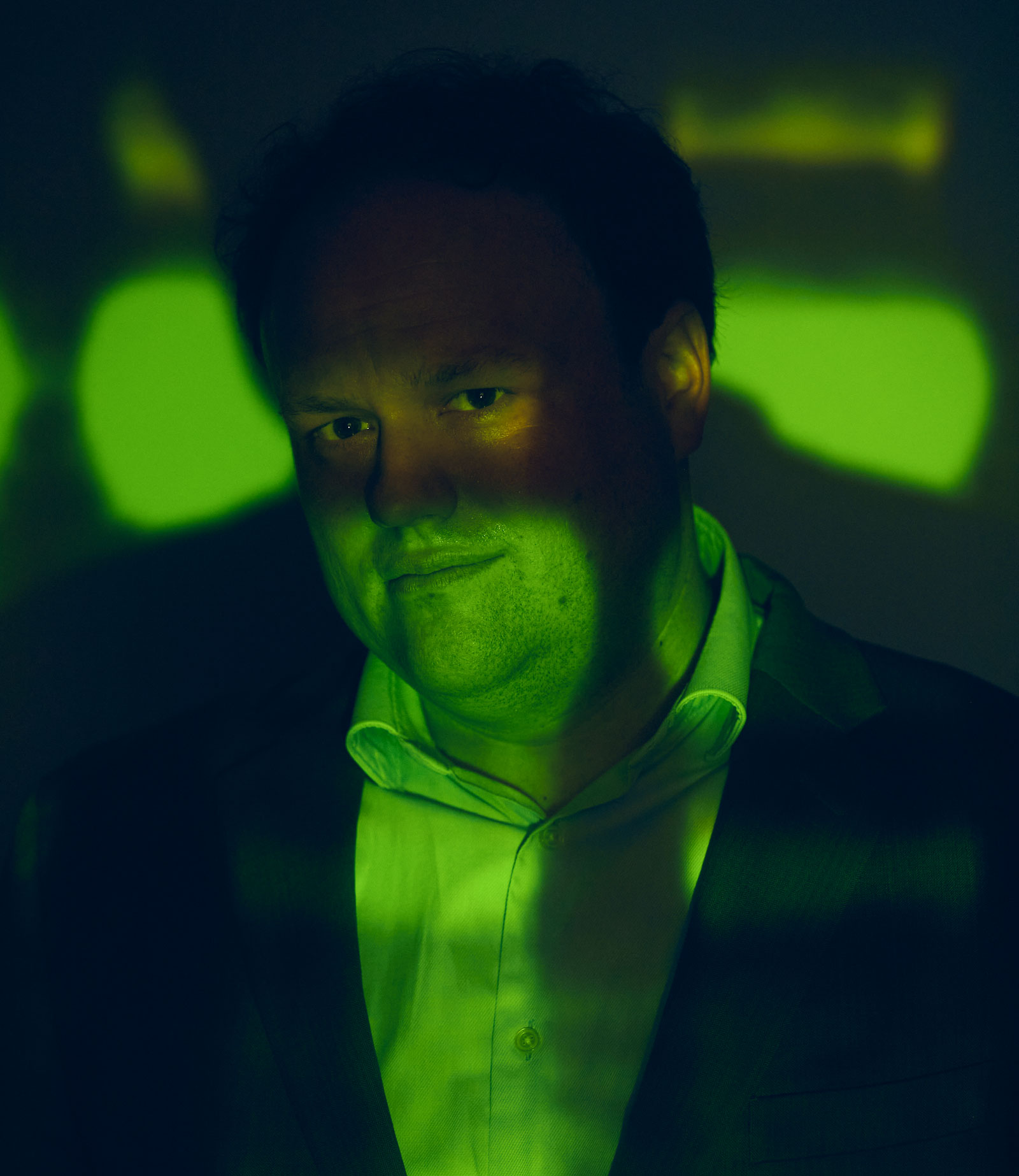Summary
This article, published in Science, uncovers a case of massive fraud within the field of Alzheimer's research. One of the leaders in the field, Sylvain Lesné, has been accused of manipulating images in several influential papers. The papers in question assert that Alzheimer's disease is caused by a build-up of an oligomer called Amyloid Beta *56 (Aβ*56).
The discovery of this potential fraud is important for several reasons:
Lesné's 2006 paper heavily influenced the next 16 years of Alzheimer's research. It has been cited in 2300 scholarly articles and won prestigious awards.
Since the publication of this paper, the oligomer plaque hypothesis has dominated the field of Alzheimer's research. Proponents of alternative hypotheses struggle for funding.
The NIH spent $1.6 billion investigating this hypothesis and corporations spent large sums to develop therapies.
People could take drugs to combat Aβ*56 and other oligomer plaques, which might do more harm than good.
In 2021, a neuroscientist and physician named Matthew Schrag was hired to investigate claims made by a company called Cassava Sciences. They developed a drug that purported to improve cognition by preventing deposits of amyloid beta oligomers. Schrag already had expertise in this area as he had previously questioned the efficacy of Adulheim, another Alzheimer's drug. This research brought Lesné's 2006 paper to his attention.
In reviewing this paper, Schrag noticed some of the Western blot images looked suspect.
A Western blot is a test that leaves a stain behind if a targeted protein is found. It looks like several stacked bands. Lesné's images looked as if pieces of them had been copied and pasted. he bands in one image should look unique – even among samples of the same substance – since it is an organic process.
Several other imaging experts, including molecular biologist Elisabeth Bik, agreed with Schrag's findings. They concluded that the data had been manipulated.
Plaques have been the predominant explanation for Alzheimer's disease since pathologist Alois Alzheimer linked them to the disease in 1906. . Over the years, evidence has mounted in favor of this hypothesis. That includes the discovery of amyloid beta proteins in plaques and genetic predispositions to amyloid precursors. However, clinical trials of therapeutics based on this hypothesis have failed to provide a cure. Some scientists have advocated for starting over with new ideas.
Lesné's 2006 paper reignited enthusiasm for the amyloid hypothesis. This has resulted in increased funding for the field in general, along witha boost for Lesné's career.Lesne now has his own lab at the University of Minnesota and has received millions of dollars in grants.
However, Schrag and his peers have identified over 20 papers from Lesné that appear to have doctored images. Other scientists have questioned the plausibility of his methods and in other cases failed to replicate his results. Further damning evidence comes from a lab partner early in his career. Lesné's colleague nixxed a paper right before publication on grounds that the results seemed suspicious. Other students couldn't replicate them.
Thirteen papers by Lesné in seven journals are now under investigation, but this is a slow process that could take years. Whistleblowers are now advocating for better data-sharing policies – including raw images – and for journals to more carefully scrutinize images using widely available tools. Shrag concludes that “you can't cheat to cure a disease. Biology doesn't care.”
A key discovery in Alzheimer's disease research may actually be made up.
Alzheimer's is a bad disease that makes people lose their memories and struggle with everyday tasks. A famous scientist named Sylvain Lesné is accused of lying in important papers about how the disease works. The papers said Alzheimer's happens when a plaque called amyloid beta *56 (Aβ*56) builds up in the brain. This potentially fake science matters because:
Lesné's work has been used in over 2000 other studies and he even won prizes for it.
Most Alzheimer's research is based on this idea and other scientists don't get as much funding.
The government spent tons of money on this research. Drug companies also spent a lot trying to make treatments.
People might take drugs to fight Aβ56 that end up doing more harm than good.
In 2021, a doctor/scientist named Matthew Schrag looked into Lesné's work. He saw images in Lesné's articles that looked fake, like parts were copied and pasted. Other experts agreed they were manipulated. This means the data was faked.
The theory of amyloid plaques has been popular since 1906 when Alois Alzheimer linked them to the disease. Despite decades of research, drugs based on this theory have not cured the disease. Some scientists want to start over with new ideas.
Lesné's 2006 paper made this theory popular again. He became famous in the science world. A major university gave him his own lab and millions in funding. But Schrag and his peers found over 20 papers by Lesné with fake images. In some cases, other scientists tried to do the same experiments as Lesné but couldn't get the same results.
Now 13 of Lesné's papers are being investigated, but this will take years.
To avoid situations like this, whistleblowers want scientists to share their images and data. They're also asking journals to check images carefully before publishing. Shrag says "you can't cheat to cure a disease. Biology doesn't care."
--------- Original ---------
This article in Science reveals a major case of fraud in Alzheimer's disease research. A leading scientist named Sylvain Lesné has been accused of manipulating images in important papers. These papers claim Alzheimer's is caused by a buildup of a molecule called amyloid beta *56 (Aβ*56). This potential deception matters for several reasons:
Lesné's 2006 paper has been cited in over 2300 studies and won prestigious awards.
The amyloid plaque theory dominates Alzheimer's research, while alternative ideas struggle for funding.
The NIH spent $1.6 billion on this theory. Drug companies invested heavily in treatments.
People may take drugs to combat amyloid plaques, which might not help but could cause harmful side-effects.
In 2021,doctor and neuroscientist Matthew Schrag was hired to investigate claims made about Simufilam, an Alzheimer's drug, by the company promoting it. This led Schrag to critically examine Lesné's 2006 paper.
Schrag noticed the Western blot images in Lesné's research looked manipulated, as if parts were copied and pasted. The bands that appear in these images should each look unique.
Experts like Elisabeth Bik agreed the data was doctored.
The amyloid theory has dominated since the first plaque was discovered in 1906. Despite many failed clinical trials it is still the most popular hypothesis. Some scientists want to start over with new ideas.
Lesné's 2006 paper revived support for the plaque theory. He gained prestige, a university built him his own lab, and gave him millions in grants. However, Schrag and his peers found over 20 papers by Lesné with doctored images. In some cases, ther scientists tried to repeat Lesné's experiments, but could not replicate the results. A former lab partner pulled a co-authored paper before publication over similar concerns.
Thirteen of Lesné's papers across seven journals are now under investigation, but it's a slow process. Whistleblowers advocate for better data sharing and image screening by journals. As Schrag concludes, "you can't cheat to cure a disease. Biology doesn't care."
--------- Original ---------
A neuroscience image sleuth finds signs of fabrication in scores of Alzheimer’s articles, threatening a reigning theory of the disease
Let's start with the truth!
Support the Broken Science Initiative.
Subscribe today →
recent posts
Medical Society Webinar with David Wiss



